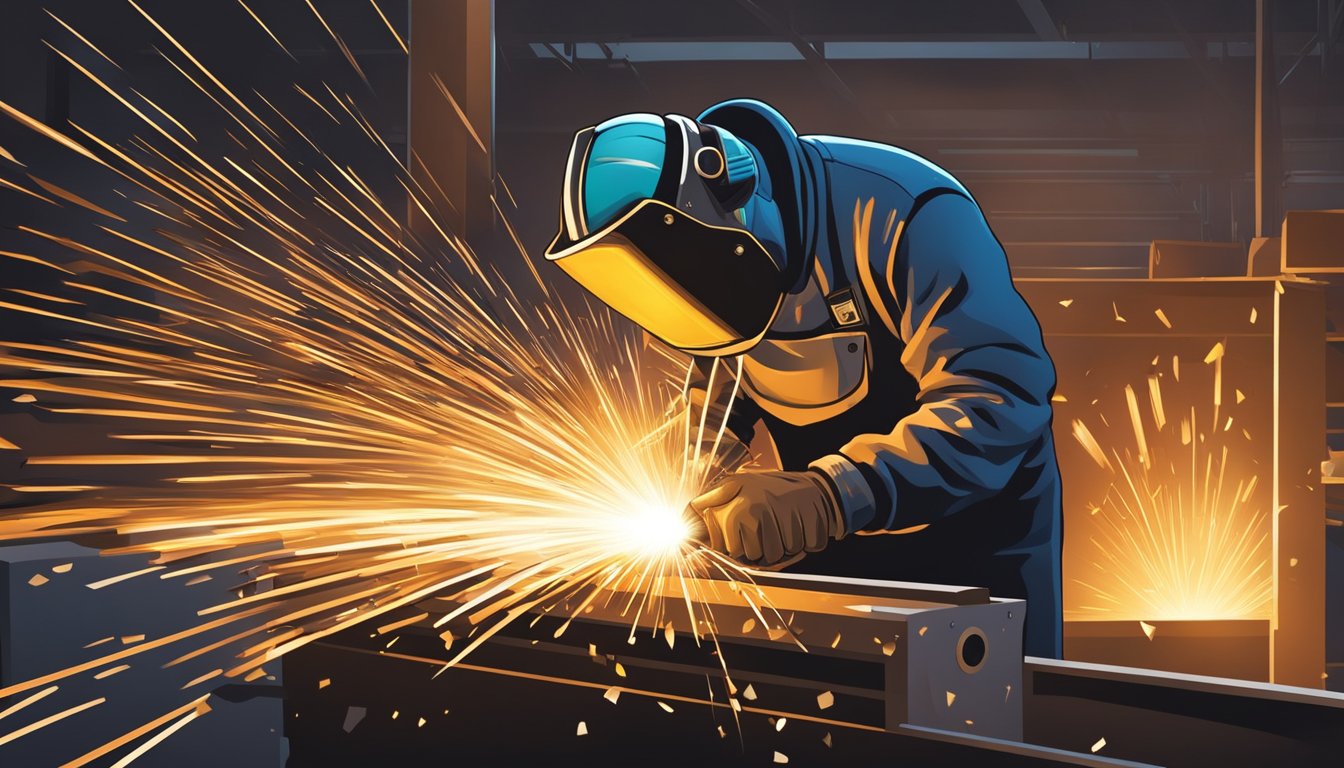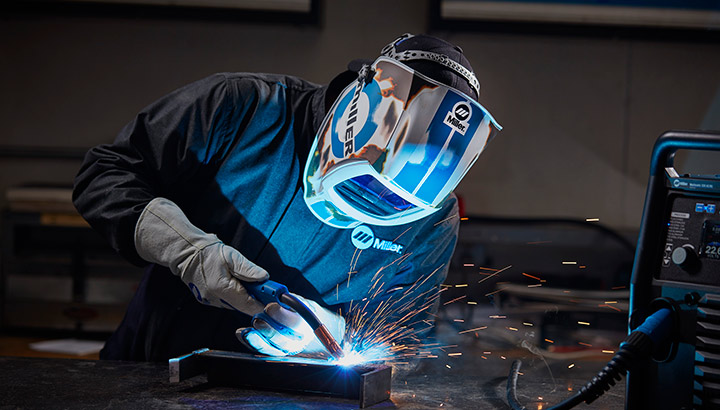Creating a Welding WPS: Step-by-Step Directions for Professionals
Creating a Welding WPS: Step-by-Step Directions for Professionals
Blog Article
The Ultimate Overview to Welding WPS Procedures: A Comprehensive Summary for Welders
In the detailed world of welding, Welding Treatment Specifications (WPS) act as the foundation of ensuring quality, consistency, and security in welding operations. Understanding the nuances of producing, applying, and monitoring WPS procedures is vital for welders seeking to raise their craft and meet industry standards. As we explore the numerous elements of a WPS and check out the intricacies of qualification and certification, we will discover the crucial duty these treatments play in the world of welding. Let's start a trip to unravel the intricacies and importance of WPS procedures in welding methods.
Importance of WPS Procedures
Recognizing the significance of Welding Treatment Specifications (WPS) procedures is essential for making sure the high quality and integrity of bonded frameworks. WPS treatments function as a roadmap for welders, describing the required actions, parameters, and materials required to attain an audio weld. By adhering to WPS guidelines, welders can make sure uniformity in their work, leading to trustworthy and structurally sound welds.
One of the key factors why WPS procedures are crucial is their duty in maintaining weld high quality and honesty. Following the defined welding parameters and techniques outlined in the WPS aids avoid flaws such as porosity, fracturing, or insufficient combination, which can compromise the stamina and longevity of the weld.

Components of a WPS
A Welding Treatment Requirements (WPS) normally consists of necessary parts that information the specific demands for performing a weld, guaranteeing consistency and top quality in the welding process. The key parts of a WPS consist of vital variables such as base steels, filler metals, preheat and interpass temperature levels, welding processes, protecting gases, welding settings, and post-weld warm therapy needs.
Base steels refer to the products being signed up with, while filler steels are made use of to load the gap in between the base metals during welding. The welding process describes the certain technique to be utilized, whether it's gas steel arc welding (GMAW), secured metal arc welding (SMAW), or one more approach. Welding placements define the alignments in which welding can be executed.

Qualification and Accreditation
Having actually established the important parts of a Welding Treatment Requirements (WPS), the focus now shifts in the direction of the vital aspects of credentials and accreditation in welding practices.

Qualification, on the other hand, is the official recognition of a welder's qualifications by a pertinent qualification body or company. Welding certifications are commonly based on the particular welding procedures, materials, and settings a welder next is certified to deal with. Holding a valid welding certification demonstrates that a welder fulfills industry requirements and is experienced to execute welding jobs to the needed specs.
Developing a WPS
To develop a Welding Treatment Spec (WPS) that satisfies industry requirements, cautious consideration of welding processes, materials, and operational parameters is necessary (welding WPS). The initial step in developing a WPS is to identify the welding procedure to be utilized, such as gas steel arc welding (GMAW) or shielded steel arc welding (SMAW) Once the welding process is determined, the following essential facet is selecting the appropriate products, taking into consideration elements like base metal type, thickness, and joint layout. Functional criteria such as welding current, voltage, traveling rate, and shielding gas make-up have to additionally be carefully specified in the WPS.

Implementing and Monitoring WPS
Upon wrapping up the comprehensive Welding Treatment Spec (WPS) that meticulously information welding processes, materials, functional specifications, and quality control measures, the focus changes to successfully applying and monitoring the well-known procedures. Execution entails guaranteeing that all welders included in the project recognize with the WPS and follow it carefully during the welding process. This calls for giving appropriate training and supervision to ensure adherence to the specified procedures. Monitoring the WPS includes continuous oversight to verify that welding tasks align with the recorded requirements. Evaluations, testing, and quality control measures are crucial components of the tracking procedure to determine any problems or inconsistencies immediately. Normal audits and evaluations of the welding procedures assist in keeping consistency and quality throughout the job. Efficient execution and surveillance of the WPS are crucial for making sure the integrity, stamina, and security of the welded joints, eventually adding to the overall success of the welding task.
Final Thought
To conclude, understanding and following Welding Procedure Specifications (WPS) is important for welders to make certain quality, consistency, and safety in their work. By knowing the components of a WPS, obtaining correct credentials and certifications, creating comprehensive procedures, and applying and monitoring them successfully, welders can enhance their skills and proficiency in welding practices. Sticking to WPS procedures is crucial for producing top quality welds and conference industry standards.
In the complex world of welding, Welding Procedure Specifications (WPS) serve as the foundation of ensuring high quality, consistency, and safety and security in welding procedures. The welding procedure outlines the specific strategy to be made use of, whether it's gas steel arc welding (GMAW), shielded steel arc welding (SMAW), or another method.To establish a Welding Treatment Specification (WPS) that satisfies industry criteria, mindful consideration of welding procedures, products, and functional criteria is vital. The initial action in creating a visite site WPS is to recognize the welding procedure to be used, such as gas steel arc welding (GMAW) or protected steel arc welding (SMAW)Upon settling the detailed Welding Procedure Requirements (WPS) that meticulously information welding processes, products, functional parameters, and quality assurance steps, the focus shifts to effectively carrying out and monitoring the well-known treatments.
Report this page